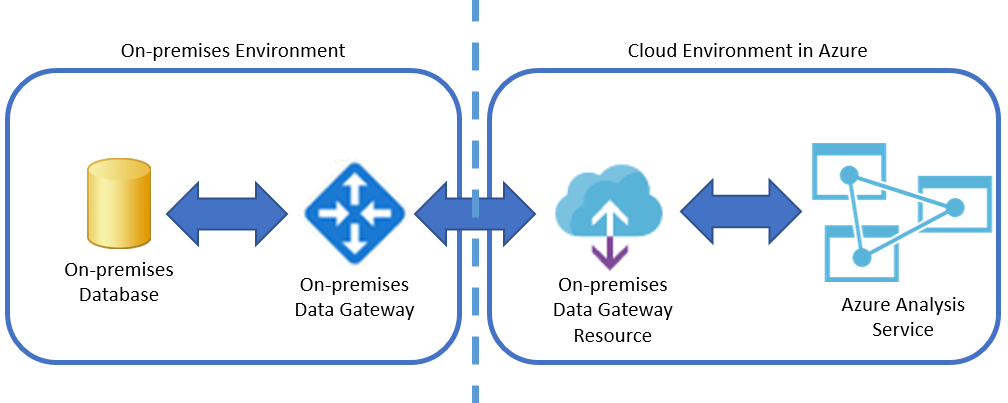
- #AZURE DATA STUDIO CONNECT TO DOCKER SQL SERVER HOW TO#
- #AZURE DATA STUDIO CONNECT TO DOCKER SQL SERVER INSTALL#
- #AZURE DATA STUDIO CONNECT TO DOCKER SQL SERVER CODE#
- #AZURE DATA STUDIO CONNECT TO DOCKER SQL SERVER TRIAL#
#AZURE DATA STUDIO CONNECT TO DOCKER SQL SERVER CODE#
When you deploy, you use the Python 3 kernel.Ĭode in Notebooks exists in cells, and to run the code you execute the cell. The drop-down you see in Figure 2 shows the Kernels ADS supports. A Kernel is the programming language you write and execute code in, in the Notebook: When you talk about Notebooks, you also talk about Kernels. When Microsoft developed ADS, they embedded the Jupyter service in ADS, which enables ADS to run Notebooks. A notebook makes it easy to link lots of docs and code together. It is a tool for teaching or sharing information between people. You may ask yourself what an Azure Data Studio Notebook is? Well, Notebooks come from the Data Science world where a Notebook can contain live code, equations, visualizations and narrative text. You deploy the BDC using ADS deployment Notebooks. You find installation links for ADS here.

This is not the case anymore any ADS build from 1.13.0 is sufficient for deployment. Pre-releases of the BDC required special builds of ADS for deployment, (the Insiders builds), and the BDC RC1 release required the ADS RC build. Since this post is about installing and deploying a BDC using Azure Data Studio, you also need ADS. You find installation links for Azure CLI here.
#AZURE DATA STUDIO CONNECT TO DOCKER SQL SERVER INSTALL#
The Azure CLI is Microsoft’s cross-platform command-line experience for managing Azure resources, and you install it on your local machine. You can install kubectl in different ways, and I installed it from Chocolatey: choco install kubernetes-cli. You use kubectl to deploy applications, inspect and manage cluster resources, and view logs. The kubectl tool is a Kubernetes command-line tool, and it allows you to run commands against Kubernetes clusters. When you have executed the code in Code Snippet 4 you can install azdata: $ pip3 install -r Īfter executing the code in Code Snippet 5 you install the other tools needed. You need the latest version of the Python requests package installed:.In fact, before a deployment, always uninstall azdata followed by an install, (see below). So please, do not be “that guy” (or girl) - make sure you uninstall azdata if you have an earlier version. NOTE: The biggest issue causing errors in a BDC deployment, by far, is using an older version of azdata. When you run the command, you have to confirm that you want to remove some installed components: In Code Snippet 3 we see how I have replaced with 2019-rc1. With the above in mind, the command I used to uninstall the RC1 version of azdata looks like so:

In Code Snippet 2 you see how the uninstall command indicates which version of azdata to uninstall via.

There are a couple of steps to install azdata: It replaces mssqlctl, which was the previous command-line tool for deploying a BDC. azdataĪzdata is a Python command-line tool enabling cluster administrators to bootstrap and manages the big data cluster via REST APIs. You need Python3, and on my machine, I have Python 3.7.3. Well, Python is not a tool as such, but you need Python installed on the machine you install from, as the ADS deployment runs some Python scrips.

#AZURE DATA STUDIO CONNECT TO DOCKER SQL SERVER TRIAL#
If you do not have one, you can sign up for a free trial subscription here.
#AZURE DATA STUDIO CONNECT TO DOCKER SQL SERVER HOW TO#
Azure SubscriptionĪs this post covers how to deploy a SQL Server 2019 Big Data Cluster to Azure Kubernetes Service, (AKS), you need an Azure subscription. NOTE: If you wonder where you have seen this pre-req section before, the answer is that it is almost identical to the pre-req section in my previous install post. To deploy using Azure Data Studio, (ADS), you need ADS (duh - see below), but you also need some other things. So in this post let us look at how to deploy BDC RTM to Azure Kubernetes Service using ADS. The answer to that is that the version of BDC I deployed in this post was a pre-release, and since then BDC has gone GA, (General Availability), and there are certain differences in deployment process between RC1, and RTM. For you who follows my sporadic posts, you may wonder why I have yet another post, (YAP), covering how to deploy a SQL Server 2019 Big Data Cluster, (BDC), using Azure Data Studio, (ADS).


 0 kommentar(er)
0 kommentar(er)
